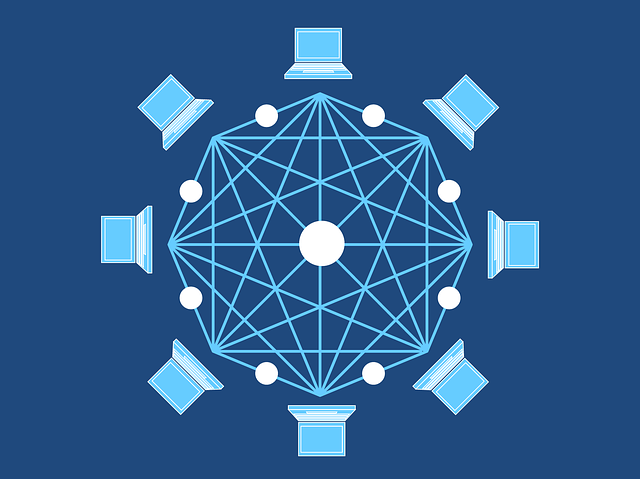This is Part III of a four-part series about blockchain technology in the nonprofit sector. In this Part, we cover decentralized autonomous organizations and how they might operate as nonprofits. Part I of this series introduced blockchain technology generally. Part II examined smart contracts. Part IV will discuss cryptocurrencies.
What is a Decentralized Autonomous Organization?
A Decentralized Autonomous Organization (“DAO”) is a blockchain-based organization deployed as a smart contract on top of an existing blockchain network. The key feature of DAOs is that they operate by decentralized governance. Generally, DAOs are managed by a certain number of members who reserve the right to spend the entity’s funds and modify its code.
All DAOs have several distinct characteristics:
(i) they enable online coordination and self-governance;
(ii) their source code is deployed in a blockchain;
(iii) they utilize smart contract coding to specify and enforce rules of conduct as well as self-execute transactions; and
(iv) they operate independently from central control. Because of their relationship with blockchain, DAOs enjoy the same benefits of increased transparency, security, and decentralization.
Applications for Nonprofits.
Nonprofits as DAOs
Put simply, nonprofits are businesses organized for purposes other than making a profit. Generally, this is the only requirement for creating a nonprofit organization. Also, DAOs are virtual entities coded on blockchain enjoying decentralized governance. Under these definitions, it is relatively easy to image a nonprofit as a DAO. So long as the DAO is coded for purposes other than making a profit, it can qualify as a nonprofit.
Indeed, Big Green, a Colorado-based nonprofit, engaged in what they call “an experiment to democratize and decentralize philanthropy” when it created the Big Green DAO. Big Green DAO is a nonprofit organization making grants to food and gardening organizations throughout the United States.
Big Green DAO is an experiment to determine whether the DAO structure works in a nonprofit context. In that light, Big Green DAO is set up to comply with tax-exemption requirements to ensure that the DAO structure can apply in the nonprofit context. To learn more about Big Green DAO, visit their website here.
Can a DAO Achieve 501(c)(3) Status?
The IRS’ inquiry to determine tax-exemption status focuses primarily on how the nonprofit will be organized and operated. The nonprofit must be organized and operated for charitable, religious, educational, scientific, or literary purposes, or for testing for public safety, fostering national or international amateur sports competitions, or preventing cruelty to children or animals.
Moreso, the IRS wants to ensure that private parties do not benefit from tax exemption. The underlying policy is that the sole focus of an exempt organization is social welfare. Thus, individuals should be deterred from setting up organizations to benefit themselves by evading federal income taxes.
To this end, 501(c)(3)s often adopt conflict of interest policies for their directors and require a majority of directors to be disinterested third-party individuals.
Each of these purposes and procedural mechanisms can be adopted under the DAO structure. A cornerstone of the DAO entity is its decentralized governance and objective code-based decision-making. So long as the DAO is programmed to follow the rules governing 501(c)(3)s, it is possible that the IRS could grant it exempt status.
Related read: Blockchain Applications in the Nonprofit Sector Part 1, Part 2, and Part 4
Sources:
[1] Samer Hassan & Primavera De Filippi, Decentralized Autonomous Organization, 10 Internet Pol’y Rev. 1, 2-3 (2021).
2 Big Green, Big Green DAO (2021), https://docsend.com/view/uj3kq62zrdu2fx6y.
3 Internal Revenue Service, Operational Test – Internal Revenue Code 501(c)(3) (last visited Dec. 9, 2022), https://www.irs.gov/charities-non-profits/charitable-organizations/operational-test-internal-revenue-code-section-501c3.

